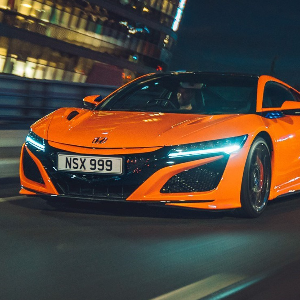
The Honda Jazz has long been one of the most practical small cars around. But is this latest model now bought with the heart as well as the head?
PROS
+ Very frugal in town...
+ ...and easy to drive there too
+ Superbly spacious and practical
CONS
- Infotainment system is average
- Feels firm in town
- Alternatives are more fun to drive
Verdict: The Jazz is no longer super cheap, but has grown up in terms of quality and tech and remains an extremely practical small car.
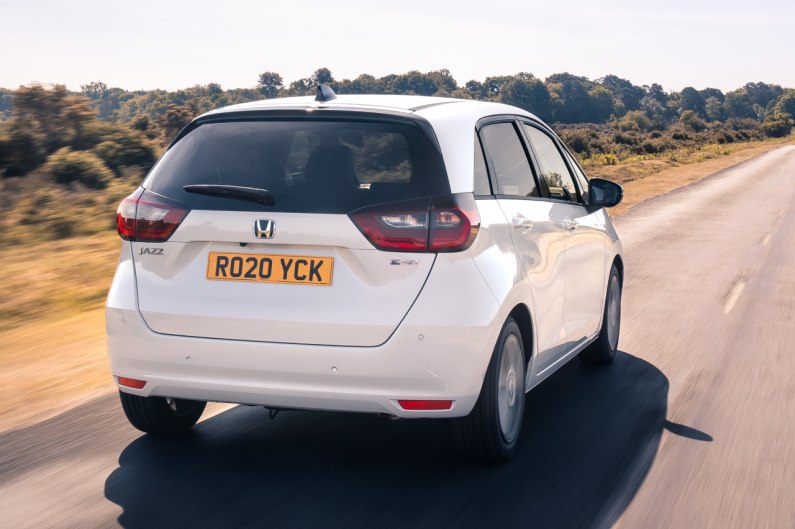
2021 Honda Jazz review - the five-minute read...
The Honda Jazz is a spacious small car with a practical interior and an efficient engine. It's the same sort of size as a Ford Fiesta, Volkswagen Polo or Peugeot 208 but offers a roomier, more flexible interior.
There's also a chunkier faux-SUV Crosstar model with more wheel-arch cladding which we'll review separately.
The Jazz has long been favoured by the, er, older generations. But there are good reasons for that, which starts with the design. It's unfussy, not aggressive in any way and is focused on practicality rather than power bulges.
The Jazz's cabin is the same, with its simple, airy layout, large buttons and separate climate controls. Something you notice instantly from the driver's seat is just how superb the visibility is, thanks to the low dash line and deep windows front to back.
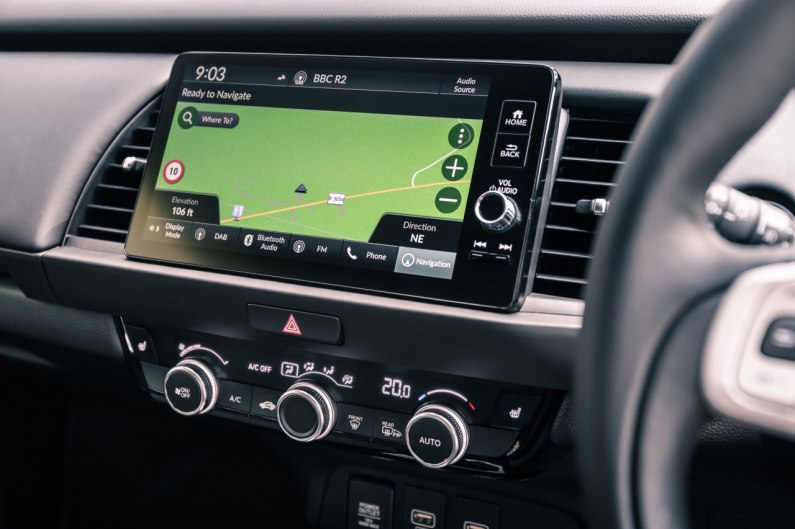
All but the entry-level trim gets a new 9-inch infotainment screen with Bluetooth and Apple CarPlay and Android Auto plus built-in sat-nav from third-rung SR. It's a bright and responsive screen, but you'll still prefer to plug your smartphone in to make it more familiar to use. All-told, a VW Polo has a better system.
The Jazz's forté is it's interior. Its tall roofline means headroom for adults in both rows is excellent, knee room for adults in the back is great and the rear seatbacks both fold down and bases flip up for some seriously flexible space that none of its small car alternatives can match. The same goes for its large, practical boot, which is bigger than most.
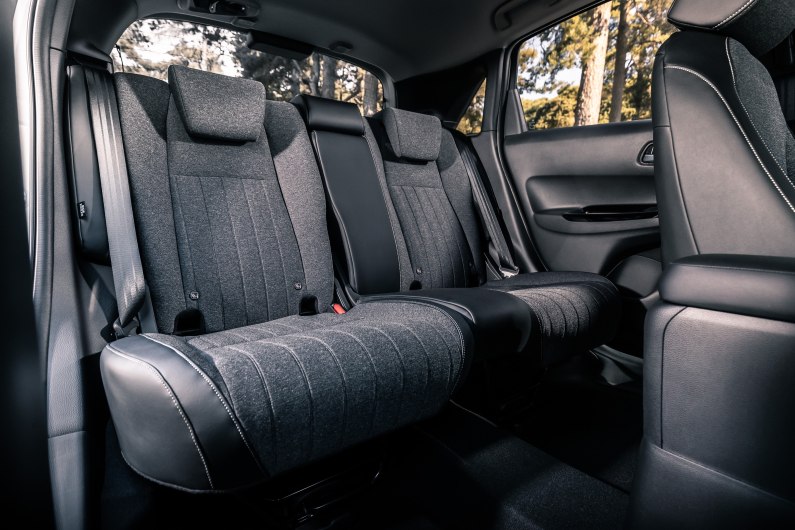
There's just one engine and gearbox option for the Jazz, which is a 109hp 1.5-litre petrol hybrid engine paired with a CVT. You can set it to drive purely on electric, but this isn't a plug-in hybrid so it won't go very far without the engine kicking in. It's best left in its hybrid mode, leaving it to decide how much engine and battery to use.
Stamp on the throttle and you're greeted by a drone from the engine as the power is sent to the front wheels via the CVT gearbox, but performance is easily good enough to deal with town and country road driving. A Fiesta is far more fun to drive quickly, though, and a Polo quieter on the motorway.
Where the Jazz beats them is in town, with its superb visibility, often silent running at low speeds and great manoeuvrability. Only the fact it feels a tad firm over lumps and bumps at low speeds lets the side down.
So, if you're more concerned with space than pace, the Jazz is still the best small car for the job. Plus, it's now more efficient and higher-tech.
Extended read...
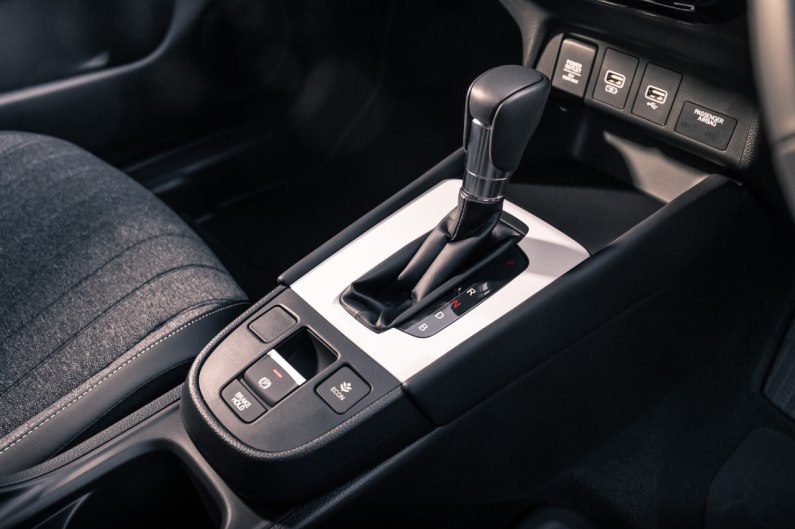
2021 Honda Jazz interior and infotainment
The Jazz's cabin has a simple, airy layout, large buttons and separate climate controls. Something you notice instantly from the driver's seat is just how superb the visibility is, thanks to the low dash line and deep windows front to back.
Honda hasn't forgotten about the storage inside either, providing generous door bins front and back, plus a decent glovebox and three cupholders in the front – one between the front seats and one at either end of the dash. There's also a deep cubby beneath the central armrest.
All but the entry-level trim gets a new 9-inch infotainment screen with Bluetooth and Apple CarPlay and Android Auto plus built-in sat-nav from third-rung SR. It's a bright and responsive screen, but you'll still prefer to plug your smartphone in to make it more familiar to use. All-told, a VW Polo has a better system.
It's the same story with the digital dials that come on every model. They're simple and clear but not as visually impressive or configurable as the best available.
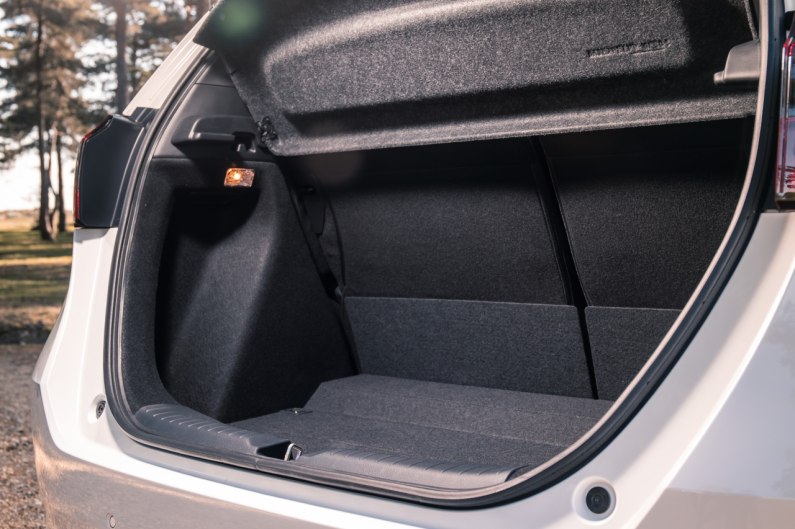
2021 Honda Jazz practicality and boot space
The Jazz's forté is it's interior. Its tall roofline means headroom for adults in both rows is excellent and knee room for adults in the back is great, even if it'll be a squeeze for three to sit side-by-side across the rear seats. They're best left to kids if you're transporting three back there.
On that note, Isofix points are standard on the outside rear seats and easy to find. Getting a baby seat inside is no problem thanks to the wide rear doors too.
The Jazz really starts showing off in the back, because its rear seatbacks both fold down and its bases flip up for some seriously flexible space that none of its small car alternatives can match.
The same goes for its large, practical boot, which is bigger than a Fiesta's or Polo and only outgunned by a Clio's. It's also a really practical shape with superb access.
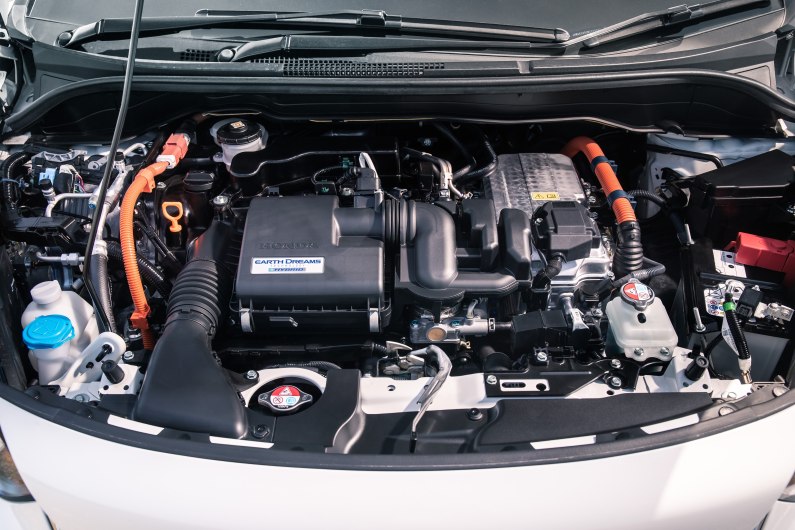
2021 Honda Jazz engines
There's just one engine and gearbox option for the Jazz, which is a 109hp 1.5-litre petrol hybrid engine paired with a CVT.
You can set it to drive purely on electric, but this isn't a plug-in hybrid so it won't go very far without the engine kicking in. It's best left in its hybrid mode, leaving it to decide how much engine and battery to use.
It means that around town the Jazz is really quite efficient - we managed 50mpg without even trying and more is possible if you pay attention.
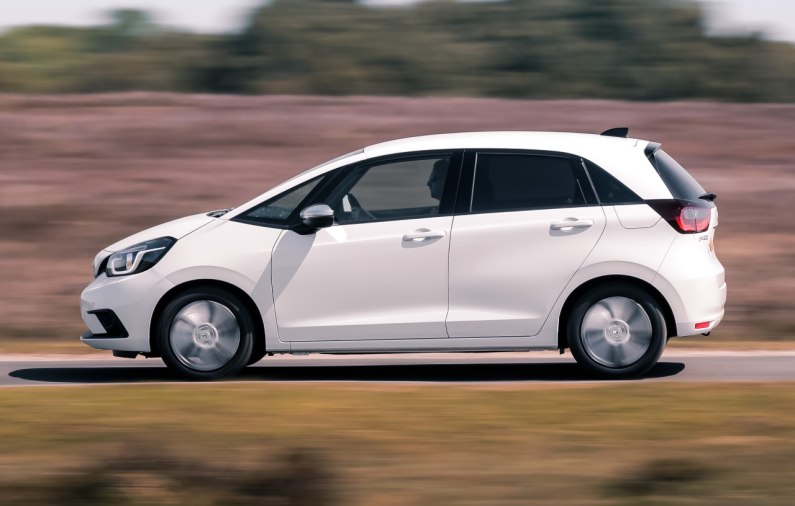
2021 Honda Jazz driving
The Honda Jazz is much better suited to pottering around town, although that doesn't mean longer motorway journeys are a complete no-no.
Stamp on the Jazz's throttle and you're greeted by a drone from the engine as the power is sent to the front wheels via the CVT gearbox, but performance is easily good enough to deal with town and country road driving. You also get standard adaptive cruise control for more a more relaxing motorway experience.
Ultimately a Fiesta is far more fun to drive quickly, though, and a Polo quieter at high speeds.
Where the Jazz beats them is in and around town, with its superb visibility, standard front and rear parking sensors, often-silent running at low speeds and decent turning circle.
Only the fact it feels a tad firm over lumps and bumps at low speeds lets the side down.
